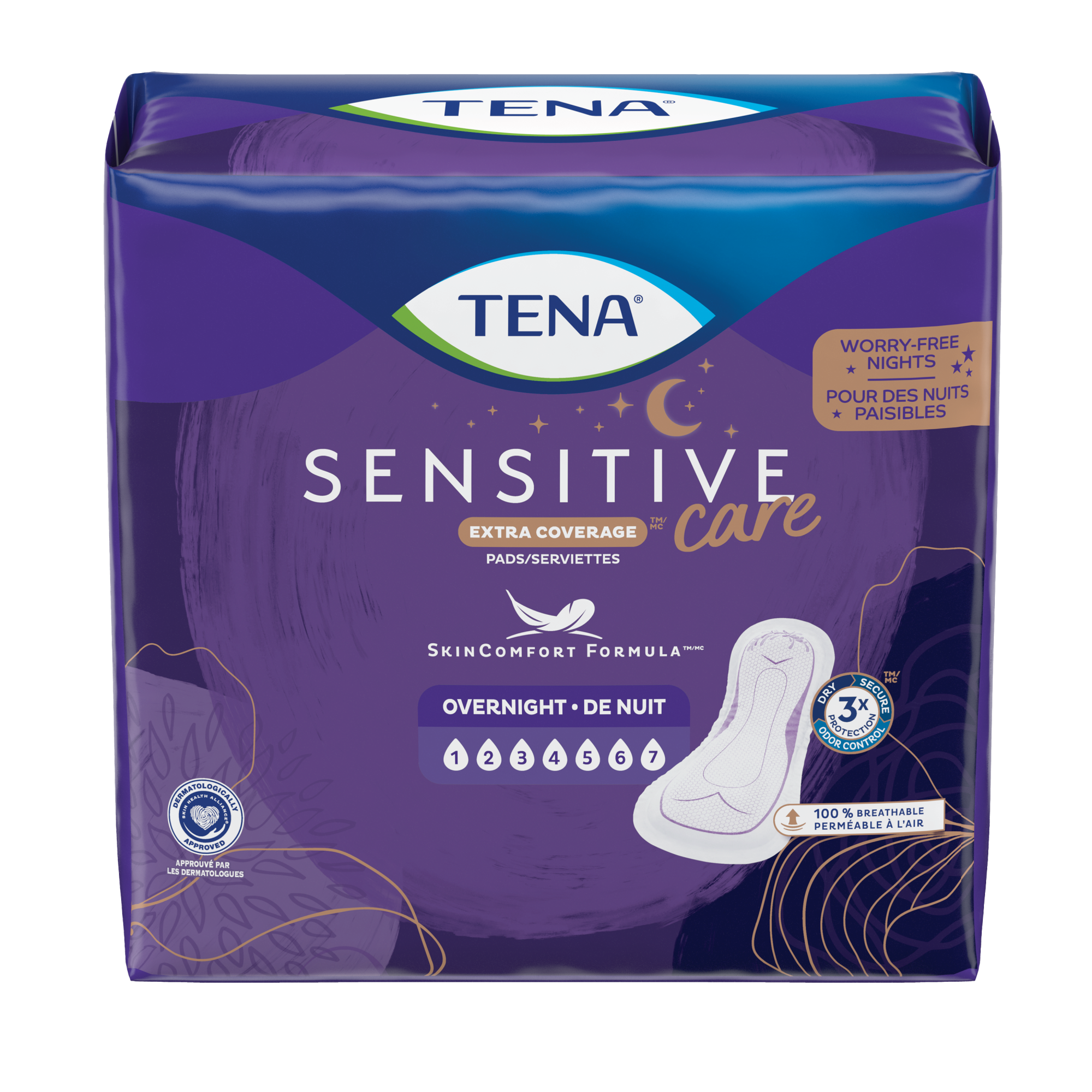There are many perks of getting older. The life experience you gather often gives you a good sense of self-worth and what’s really important in life. Maybe you have grown-up children and time to do all of the things you put aside during the years with small children or the hectic beginning-of-a-career stage? It’s finally your time to start that hobby or go on the trips you’ve dreamed about. Bladder weakness should not hold you back.
Many women experience bladder weakness during menopause. There are signs that the hormonal changes – a reduced level of estrogen in particular – affect the abdominal muscles and can cause the bladder to change position, with urinary leakage as a result. Also, the vaginal and urinary tract tissue can become drier, thinner and less elastic with age. As if it wasn’t enough with hot flashes, right?
Luckily, with the right information and protection, leakage during menopause does not have to stop you from doing anything. Here are a couple of tips about how to handle incontinence during your transition:
- Estrogen treatment in the form of creams and vaginal suppositories can help manage your symptoms during menopause. Ask your doctor what treatment is best for you.
- Add some Kegel exercises to your daily routine. A few minutes of pelvic floor training every day can reduce the risk of leaks or even make them go away.











